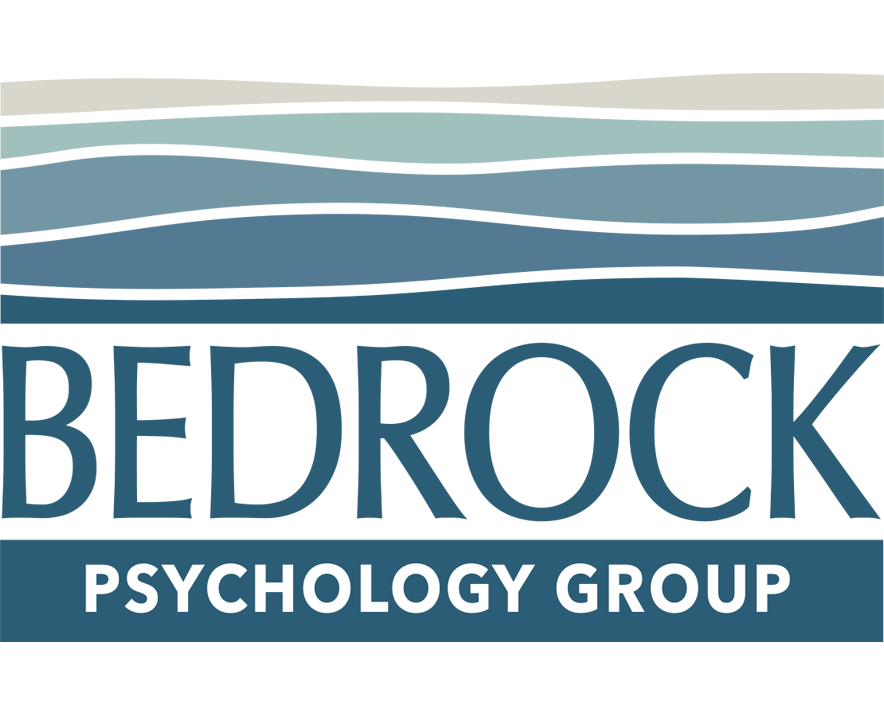Understanding Anxiety: An Evolutionary Perspective
Anxiety, while often viewed as an unfavorable emotion, is a part of our evolutionary makeup designed to keep us safe from potential threats. This reaction has its roots in our prehistoric ancestors, who relied on this response to survive the hazards of their environment.
The Origins of Anxiety: An Evolutionary Tale
Our ancient ancestors faced constant threats in their daily lives, from predators to rival tribes. When confronted with such dangers, their bodies would engage in what we know today as the ‘fight or flight’ response. This entailed a surge of adrenaline and other hormones, preparing the body for action. This panic response, or anxiety, was a life-saving mechanism that led to either confrontation or strategic retreat.
Anxiety in the Modern World
Over thousands of years, human civilization has evolved dramatically, but our bodies still carry the vestiges of our primitive past. When faced with a stressful situation, our bodies react in much the same way as our ancestors did. The body’s response to threats is to increase heart rate, redirect blood to muscles, and heighten the senses – all designed to respond to the danger effectively.
However, in our modern world, these ‘threats’ have changed significantly. Instead of physical threats, we now face social, emotional, and psychological stress. Deadlines at work, public speaking engagements, or relationship conflicts can all trigger this anxiety response.
The Body’s Reaction to Anxiety
When you are anxious, your body goes on high alert. Your heart rate increases, your breathing speeds up, and your muscles tense up. Paradoxically, these reactions, designed to protect us from immediate physical danger, can end up causing harm when the threat is psychological or emotional. Chronic activation of this stress response can lead to various physical and mental health issues, including heart disease, digestive problems, and depression.
Managing Anxiety: A Necessity, Not a Luxury
Understanding anxiety from an evolutionary perspective can help us appreciate its role and manage it more effectively. Instead of trying to eliminate this ancient survival mechanism, we can learn to recognize its signs and develop strategies to prevent chronic activation.
Techniques like mindfulness, meditation, and cognitive-behavioral therapy can help retrain our brains to respond more appropriately to modern stressors. Regular physical exercise can also help by reducing the body’s stress hormones and promoting relaxation.
Conclusion
Anxiety might be an uncomfortable emotion, but it’s essential to remember that it’s part of our body’s survival toolkit. By understanding it and learning to manage it effectively, we can turn this primal response into a tool that supports, rather than hinders, our modern lives. Remember, seeking professional help is crucial if anxiety starts to interfere with your daily functioning.
In the end, anxiety is just another part of the human experience. It’s our body’s way of signaling danger, even if that danger has evolved. By understanding this, we can better manage our reactions and live healthier, more balanced lives.
